The Israeli Dror (“Liberty”) light machine gun was a variation of the M1944 Johnson light machine gun. Israeli was in desperate need of weapons in the late 1940s, and several of Melvin Johnson’s engineers sympathized with the Jewish cause. They helped smuggle the complete technical package on the Johnson LMG to the Israeli Hagannah despite the formal arms embargo instituted against Israel.
The Johnson (and thus also the Dror) is a recoil-operated machine gun, firing from an open bolt in full auto and from a closed bolt in semiauto. It uses an 8-lug rotating bolt which would go on to be used by Eugene Stoner in the AR15 years later. This is complex to manufacture, but offers a strong lockup. Upon firing, the bolt and barrel recoil together about 3/16″ backwards, until a cam on the top of the bolt engages a ramped surface inside the top of the receiver, which forces the bolt to rotate, unlock, and continue rearwards under inertia. Ejection of the empty case is done by a plunger ejector in the bolt face (another feature which found its way into the AR).
First Pattern Dror
The first batch of Drors made underground in Israel were chambered for .303 British, to make use of the available stocks of that cartridge. These first guns bear a very close resemblance to the Johnson, including the distinctive tall front sight and barrel release actuated by a cartridge or punch. They used a side-mounted sharply curved 20-round single-stack magazine like the Johnson .30-06 magazine. These models suffered from feeding problems probably due to the rimmed nature of the .303 cartridge, and only 800-1000 were made.
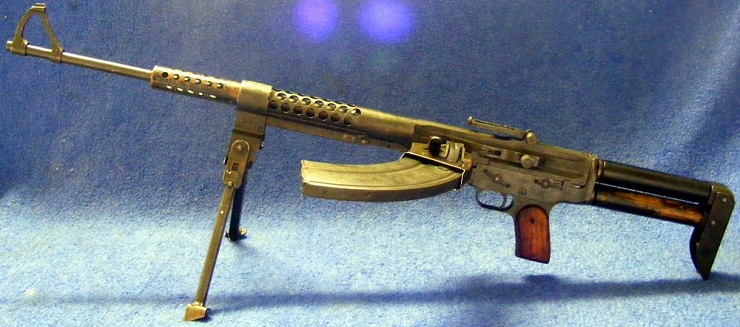
Second Pattern Dror
A second pattern of Dror was designed and built chambered for 8×57 Mauser, another caliber the Israeli has in large quantity. The use of a rimless round solved many of the issues from the first pattern guns. They also incorporated a number of other design changes, starting with a bottom-mounted box magazine (modified US BAR magazines were used). The barrel release was also improved – it was now a lever mounted on the front barrel bearing (which appears to be a gas block at first glance). Pushing in on the butting and lifting the lever up allows the barrel to be pulled forward out of the gun. The distinctive orange/brown fiber shround on the front section of the barrel was added as a heat shield, so that a hot barrel could be removed without needing a tool or insulating glove.
Other improvements included protective ears for the rear sight (folding down towards the read of the gun), a carry handle on the barrel shroud, and a folding cover to close the magazine well when not in use. Typical of Israeli weaponry, these are all eminently practical modifications.
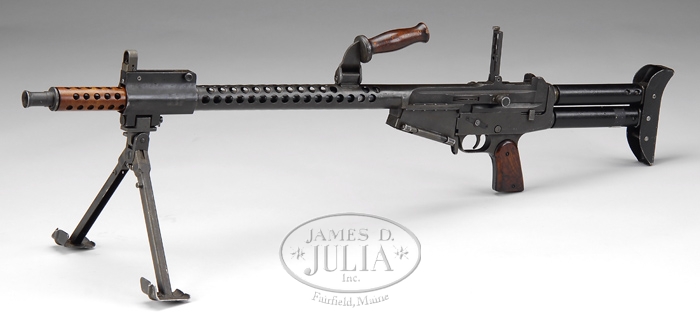
Combat Usage
Ultimately, the Dror saw no large-scale combat use. Feeding issues with the first pattern gun prevented it from seeing widespread use in the 1948 War of Independence. Even with the second pattern improvements, the Dror still retained the fundamental problem of the Johnson LMG – it was prone to malfunction if not kept clean. The many-lugged rotating bolt was made with fairly tight clearances, and there was very little excess space inside the receiver for dirt or sand. As a result, fouling quickly affected performance. Rather than continue development of the Dror, it was decided to find alternative weapons instead. As a result, use of the Dror was limited mostly to training.
Photos
We have a set of detailed photos of a second pattern 8mm Dror – click here to download the gallery in high resolution (~50MB)
This first pattern Dror is in the Pattern Room collection at the National Firearms Centre, Leeds, UK (download the gallery in high resolution)


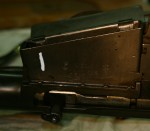
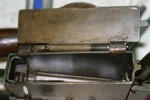








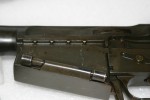
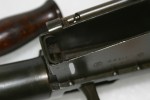
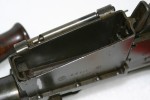


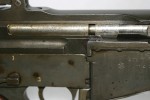










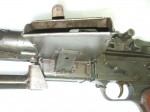
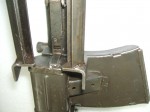


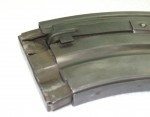




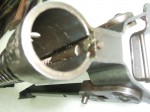
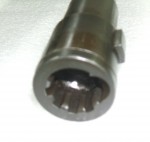

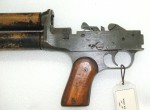



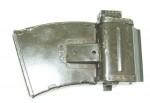


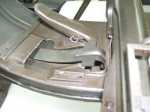


I can’t claim with certainty, but I believe that “parts” for about 1,000 DROR’s were made, but that no more than 100 complete .303 guns were made. I think that only a few prototypes/pre production guns in 8mm were made. My primary source is a book called “The Pledge” about Israeli arms procurement 1946-1950. The origianal .303 prototype was made in Canada and tested in N.Y. State. A family member was involved.
There were a number of the 8mm version produced, but not in time for the war. Most of them found there way to the US as parts kits, and I own one of them. the 303 version was never very reliable, which is why they started working on other calibers, but they had far more 303 brit ammunition and only a small qty of 8mm Mauser.
It’s incredible that they purchased all the original tooling for the Johnson M1944 LMG, and was able to get it all in place in Israel without anyone noticing it at the time.
My brother collects Israelian weapons. He recently bought 2 DROR’s. A type1 and a Type2.
He is in need for mags. Specialy the type1 .303 mag…
All help is welcome. You find me on the falfiles, fncforum and so on.
If you have questions about FN stuff, just ask. I’m currently writing a book on the FN FNC rifle.
Thanks for any input.
Paco (From Belgium)
Second pattern Dror magazines are easy here in the US – Numrich sells them for $120 for a case of 12. The first pattern ones, though, are almost nonexistent.
http://www.gunpartscorp.com/ad/1086420.htm
First pattern for auction Saterday 11-23-2019. Current bid is $800. Is it worth going for? Glad to see your with NFATC, by the way.
What is the large knob on the left side of the top receiver for? It is located right behind the ejector? Thanks Harry
Harry Connors,
That’s the knob for the bolt hold-open.
Thanks, how do I get the bolt past it when installing it? On my gun the knob pushes in but the bolt will not go by it. I tried to pull outwards but it does not move. It only pushes in. Should I push the bolt harder to see if it will go by the bolt hold open device. Thanks Harry
Harry,
I can only guess and the condition of your firearm. If it isn’t functioning correctly you should take it to a qualified gunsmith who is familiar with the type and have it inspected for proper function.
Push in, turn left and pull out.